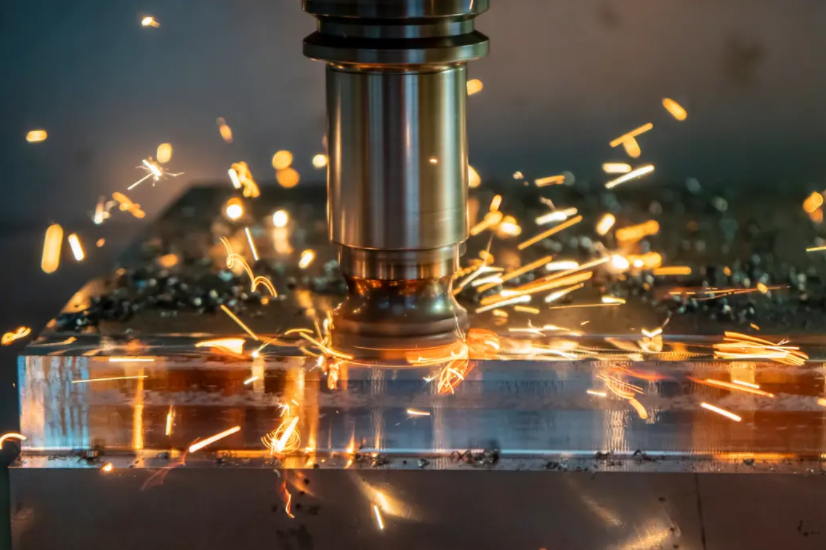Die casting is a popular manufacturing process that involves injecting molten metal into a mold under high pressure. It is a fast and cost-effective method of producing intricate metal parts with high precision and accuracy. However, designing for die casting requires careful consideration of various factors to ensure the optimal manufacturing process. In this article, we will explore some die casting design guidelines that will help you optimize your manufacturing process.
1. Design for Manufacturability
Design for manufacturability (DFM) is a philosophy that aims to optimize the design of a product for its manufacturing process. When designing for die casting, it is essential to consider the manufacturing process and the equipment used. This will help you design parts that are easy to manufacture, reduce production costs, and minimize the risk of defects.
2. Material Selection
The selection of the right material is crucial in die casting. The most common materials used in die casting are aluminum, zinc, and magnesium. Each material has its unique properties, such as strength, durability, and corrosion resistance. Selecting the wrong material can lead to defects or premature failure of the part. It is essential to consider the intended use of the part and select the appropriate material that meets the desired requirements.
3. Wall Thickness
The wall thickness of a part is critical in die casting. The wall thickness should be uniform across the part to ensure even cooling and reduce the risk of defects. Thick walls take longer to cool, which can lead to shrinkage or warping of the part. On the other hand, thin walls can cause porosity or the formation of gas pockets, leading to weak spots in the part.
4. Draft Angle
Draft angles are essential in die casting as they help in the removal of the part from the mold. A draft angle is the angle between the vertical axis and the side of the part. A draft angle of 1-3 degrees is recommended to ensure easy ejection of the part. Parts without a draft angle can stick to the mold, leading to damage or defects.
5. Fillets and Radii
Fillets and radii are essential design elements in die casting. They help reduce stress concentrations in the part, resulting in a more robust and durable part. Sharp corners or edges can cause weak spots in the part, leading to premature failure.

6. Undercuts
Undercuts are areas of the part that cannot be removed from the mold in a straight line. They require specialized molds or secondary operations to remove them. It is recommended to avoid undercuts in die casting as they can increase production costs and lead to defects.
7. Surface Finish
Surface finish is critical in die casting as it affects the final appearance and functionality of the part. The surface finish of the mold is transferred to the part, which can affect its aesthetics and function. It is recommended to specify the desired surface finish in the design to ensure the final part meets the desired requirements.
In conclusion, designing for die casting requires careful consideration of various factors to ensure optimal manufacturing process. Design for manufacturability, material selection, wall thickness, draft angle, fillets and radii, undercuts, and surface finish are essential design elements in die casting. By following these die casting design guidelines, you can optimize your manufacturing process and produce high-quality parts with precision and accuracy.
-

- OEM die-casted parts& components
-

- Tvornički prilagođeni Kina Bmx bicikli cestovni sport dječji bicikl 12 16 18 20 inča bicikl Mtb za djecu 6-10 godina
-

- OEM high pressure die casting magnesium alloy frame for bicycle
-

- Proizvedena srednja ploča za macbook po meri metalnih delova
-

- Poklopac kućišta laptopa C
-

- Lijevanje pod tlakom od legure mangenzija Tiksomoblikovanje metalnih dijelova

 0086-750-5616188
0086-750-5616188 +86 13392089688
+86 13392089688 sales@zhongmei-tech.com
sales@zhongmei-tech.com







